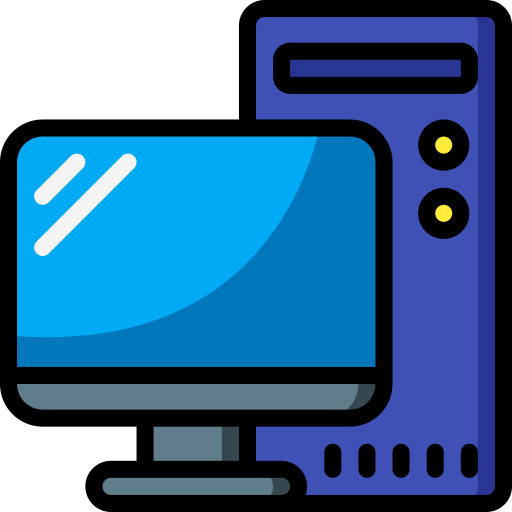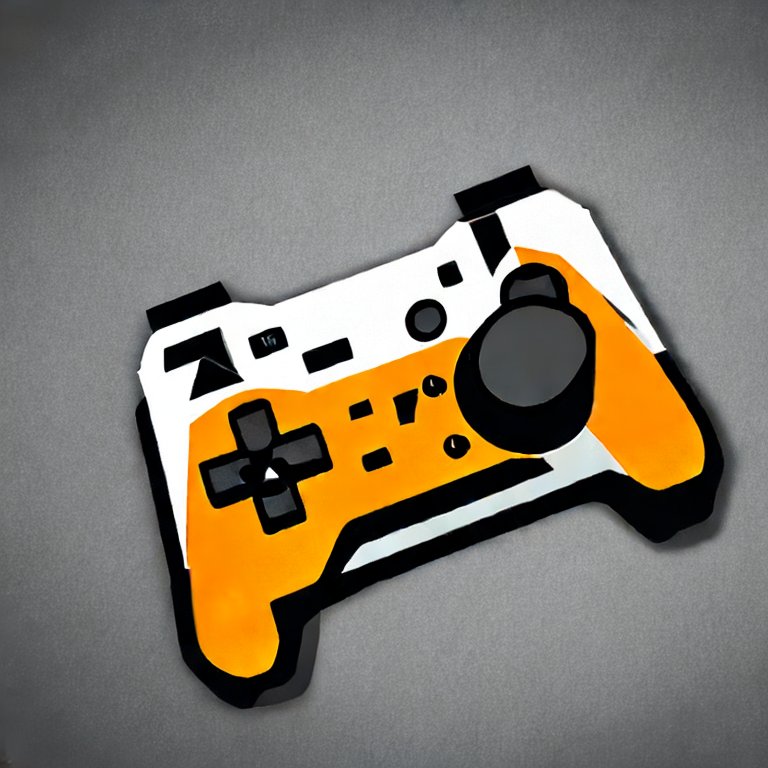

I didn’t tho.
You’re confusing my homelab with my dads OMV NAS that is running kopia as its only non-standard service because I wanted to use it as my off-site target.
I wasn’t presenting OMV as the solution to all of OPs examples, I literally just commented to point out “hey this is kinda like hexos but foss”.
To which you responded “lol no, there is no comparison”. Which is both untrue, and a rude way to go about saying anything.














This is on whoever removed the eyes.
There are like two dozen ways to completely dissolve most adhesives.
Or what, did she epoxy them on there?